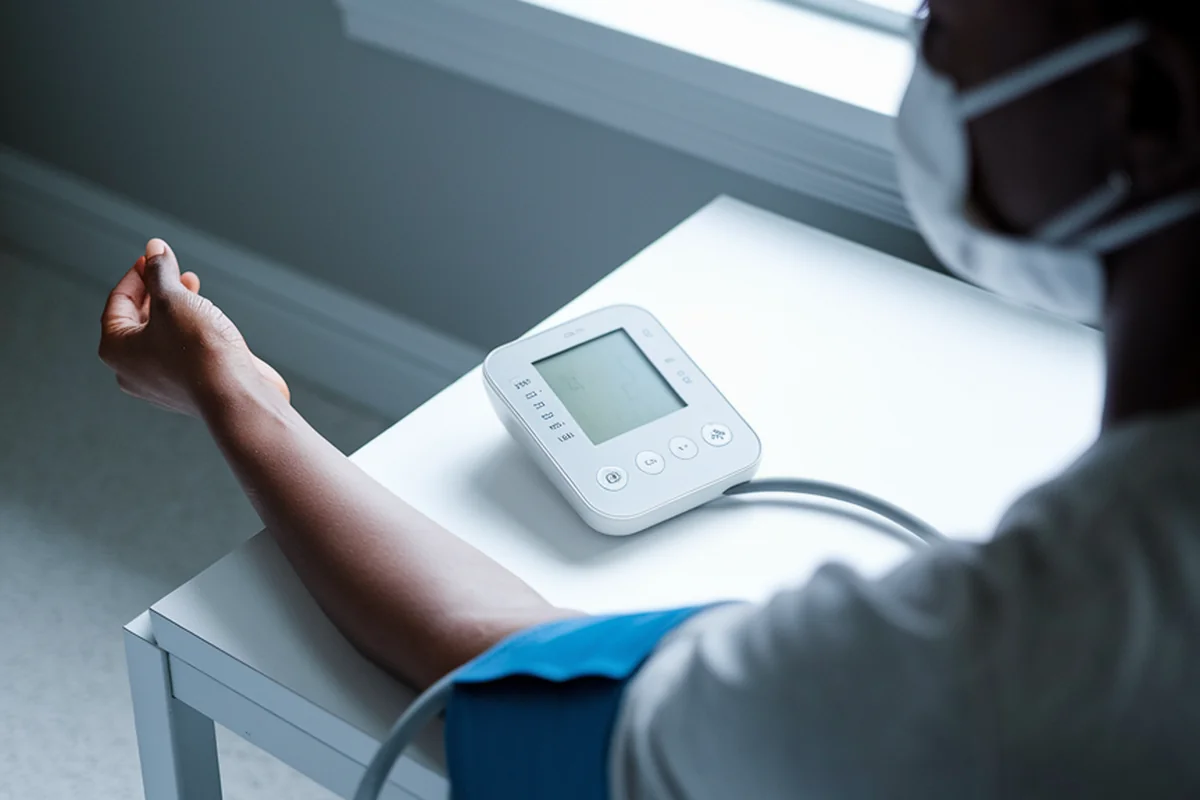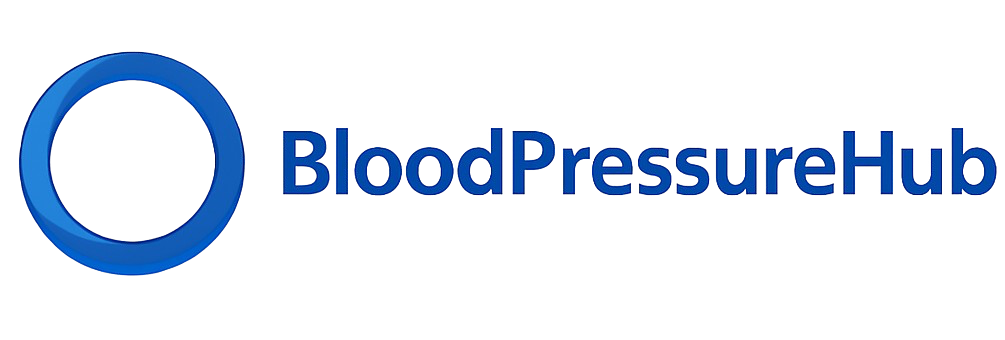What's Hypertension? Breaking Down the Basics
The BPHub Team
2025-03-24

Hypertension, commonly known as high blood pressure, is a condition that affects 1.3 billion people worldwide. Despite its prevalence, many individuals remain unaware of its implications and how it can silently impact their health. Understanding the basics of hypertension is crucial for prevention, management, and reducing the risk of associated complications. This blog post will give you insights into the essentials of hypertension, exploring its causes, symptoms, and management strategies, while emphasizing the importance of professional medical advice.
What is Hypertension?
Hypertension is a chronic medical condition where the blood pressure in the arteries is persistently elevated. Blood pressure is the force exerted by circulating blood against the walls of the body's arteries, the major blood vessels in the body. It is measured in millimeters of mercury (mmHg) and is expressed in two numbers: systolic pressure over diastolic pressure. The systolic pressure (the top number) measures the pressure in the arteries when the heart beats, while the diastolic pressure (the bottom number) measures the pressure in the arteries when the heart rests between beats.
Understanding Blood Pressure Readings
SO, what is a normal, healthy blood pressure? What is elevated blood pressure? Based on clinical evidence, doctors have agreed that the following numbers are useful to frame blood pressure:
- Normal Blood Pressure: Less than 120/80 mmHg
- Elevated Blood Pressure: Systolic between 120-129 and diastolic less than 80
- Hypertension Stage 1: Systolic between 130-139 or diastolic between 80-89
- Hypertension Stage 2: Systolic at least 140 or diastolic at least 90 mmHg
- Hypertensive Crisis: Systolic over 180 and/or diastolic over 120, requiring immediate medical attention
Causes and Risk Factors
Hypertension can be classified into two types: primary (essential) hypertension and secondary hypertension.
Primary Hypertension
Primary hypertension, the most common type (80 to 90% of patients), develops gradually over many years and has no identifiable cause. However, several factors are known to increase the risk:
- Age: The risk of hypertension increases as you age.
- Genetics: A family history of hypertension increases your risk.
- Lifestyle Factors: Poor diet, lack of physical activity, and excessive alcohol consumption can contribute to high blood pressure.
- Obesity: Excess weight increases the strain on the heart, leading to higher blood pressure.
Secondary Hypertension
Secondary hypertension is caused by an underlying condition and tends to appear suddenly. Conditions that can lead to secondary hypertension include:
- Kidney Disease: Impaired kidney function can lead to fluid retention, increasing blood pressure.
- Endocrine Disorders: Conditions like hyperthyroidism can affect blood pressure.
- Sleep Apnea: This condition can lead to increased blood pressure due to disrupted sleep patterns 4.
- Medications: Certain medications, such as birth control pills, can raise blood pressure.

Symptoms of Hypertension
Hypertension is often called the "silent killer" because it typically has no symptoms until it has caused significant damage to the heart and arteries. However, some people with high blood pressure may experience:
- Headaches
- Shortness of breath
- Nosebleeds
- Flushing
- Dizziness
These symptoms are not specific and usually do not occur until hypertension has reached a severe or life-threatening stage.
Complications of Untreated Hypertension
If left unmanaged for long time, hypertension can lead to serious health complications, including:
- Heart Disease: High blood pressure can cause the arteries to harden and thicken, leading to heart attacks or strokes.
- Aneurysm: Increased blood pressure can cause blood vessels to weaken and bulge, forming an what is called an aneurysm, in particular in the main artery of the body: the aorta.
- Heart Failure: The heart has to work harder to pump blood against the higher pressure in the vessels, leading to heart failure.
- Kidney Damage: Hypertension can damage the blood vessels in the kidneys, leading to kidney failure.
- Vision Loss: High blood pressure can damage the blood vessels in the eyes, leading to vision loss.
Diagnosis of Hypertension
Hypertension is diagnosed through regular blood pressure monitoring. It is important to remark that a single high blood pressure measure is not enough to make a diagnosis. It is important to have your blood pressure checked regularly, especially if you have risk factors for hypertension. A healthcare provider may recommend additional tests to determine if there is an underlying cause of high blood pressure, such as blood tests, urine tests, or imaging studies.
Management and Treatment
Managing hypertension involves a combination of lifestyle changes and, if necessary, medication. The goal is to lower blood pressure to a safe level and reduce the risk of complications. It has been extensively shown that lower the blood pressure significantly reduces the changes of suffering hypertension-related medical conditions.
Lifestyle Modifications
- Healthy Diet: A diet rich in fruits, vegetables, whole grains, and low-fat dairy products can help lower blood pressure. The DASH diet (Dietary Approaches to Stop Hypertension) is often recommended.
- Regular Exercise: Engaging in regular physical activity, such as brisk walking, can help lower blood pressure. The American Heart Association recommends at least 150 minutes of moderate-intensity exercise per week 1.
- Weight Loss: Losing even a small amount of weight if you're overweight or obese can help reduce blood pressure.
- Limit Alcohol and Tobacco Use: Reducing alcohol intake and quitting smoking can improve heart health and lower blood pressure.
- Stress Management: Techniques such as meditation, yoga, and deep breathing can help manage stress, which can contribute to high blood pressure.
Medications
If lifestyle changes are not enough to control blood pressure, medications may be prescribed. There are different types of medications. These can include:
- Diuretics: Help the kidneys remove sodium and water, reducing blood volume.
- ACE Inhibitors: Help relax blood vessels by blocking the formation of a natural chemical that narrows blood vessels.
- Calcium Channel Blockers: Help relax the muscles of the blood vessels.
- Beta-Blockers: Reduce the workload on the heart and open blood vessels.
It is important you discuss your medications with your doctor. Each group has particular benefits, as well as side effects. Type of medication and dose titration are most of the timed personalized.
The Importance of Regular Monitoring
Regular monitoring of blood pressure is crucial for managing hypertension effectively. Home blood pressure monitors can be a useful tool for keeping track of your blood pressure between doctor visits. Currently, many doctors recommend blood pressure monitoring twice a day. It's important to follow your healthcare provider's instructions on how often to check your blood pressure and what your target numbers should be.
Conclusion
Hypertension is a common but serious condition that requires attention and management. By understanding the basics of hypertension, you can take proactive steps to monitor and manage your blood pressure, reducing the risk of complications. Remember, while lifestyle changes can have a significant impact, it's essential to consult with healthcare professionals for personalized medical advice and treatment plans.
Disclaimer: This blog post is for informational purposes only and should not be considered medical advice. Always consult with a healthcare professional for personalized medical advice and treatment.
References
- American Heart Association. (2024). Recommendations for Physical Activity. Retrieved from https://www.heart.org/en/healthy-living/fitness/fitness-basics/aha-recs-for-physical-activity-in-adults
- National Institute of Neurological Disorders and Stroke. (n.d.). Brain Basics: Understanding Sleep. Retrieved from https://www.ninds.nih.gov/health-information/public-education/brain-basics/brain-basics-understanding-sleep
This blog was created by the BPMaestro Team under the supervision of Santiago Miriuka, MD PhD.
